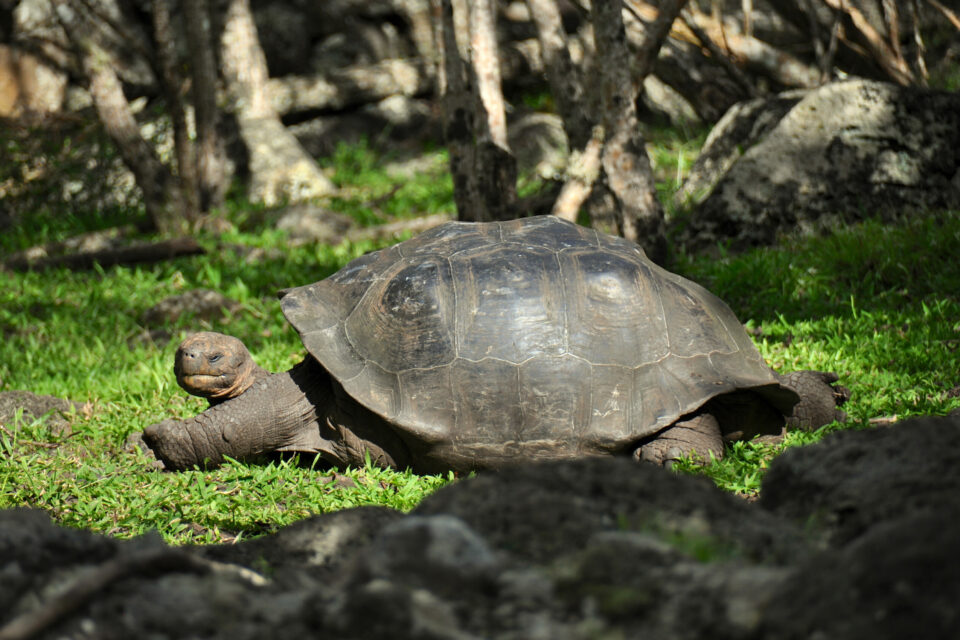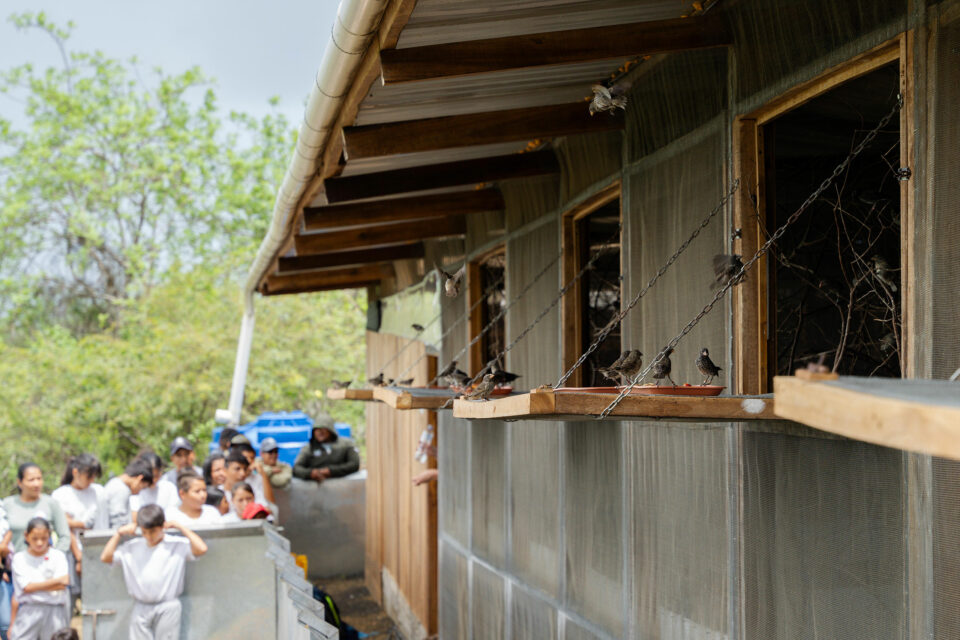

12 missing species set to return to Floreana
Today is the day when the next phase of the restoration of Floreana island begins, as the project moves into the eradication phase, the largest and most complex eradication ever attempted on an inhabited tropical island.
Floreana’s wildlife has been devastated by the introduction of invasive species, with 55 of the island’s native species now threatened according to the IUCN Red List, and 12 species are locally extinct. Provided that the eradication is successful in removing invasive rats and feral cats from the island, the project will then be able to progress to the final and most exciting stage, as the 12 locally extinct species (or their closest surviving genetic relatives) are reintroduced.
The restoration of Floreana is the most ambitious rewilding effort ever undertaken in Galapagos, and seeks to both restore the ecological integrity of the island and improve the quality of life for the local community. Floreana has a small human population of around 160 people who depend on tourism, agriculture and artisanal fishing for their income. The benefits of the project to the community include more economic opportunities through ecotourism, along with a more sustainable approach to agriculture and livestock management.
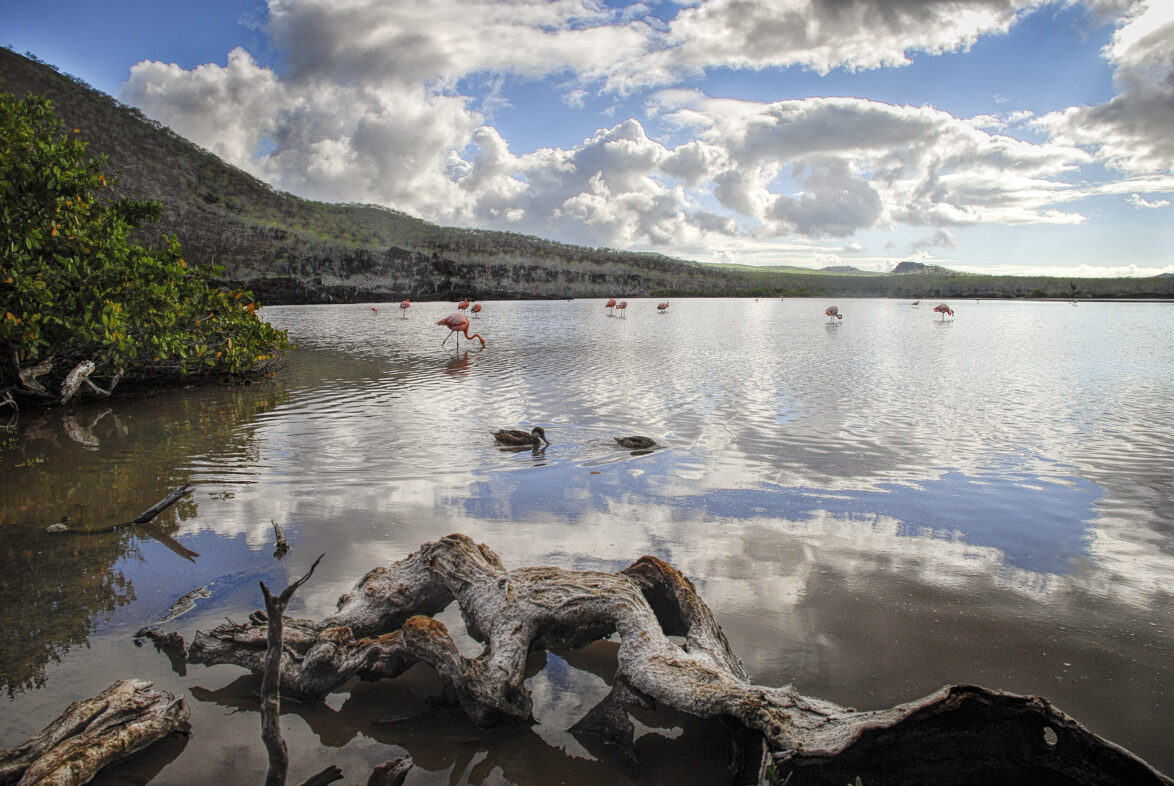
Such a wide-ranging project requires a huge amount of preparation, and GCT has been involved for many years, supporting local partners including the Galapagos National Park Directorate, executing organisation Fundación Jocotoco, Charles Darwin Foundation, Island Conservation, Durrell Wildlife Conservation Trust and others in the work they are doing on the ground. The preliminary work has included collecting baseline data on food sources and disease prevalence, ensuring availability of aviaries for translocated birds, carrying out DNA analysis to identify the individuals with the greatest genetic compatibility with Floreana’s historic species, and formulating quarantine protocols and reintroduction plans. Community education and engagement is also key to the success of the project.
In July 2022, GCT’s Chief Executive, Dr Jen Jones, attended a three-day workshop on Floreana, where the project partners agreed a timeline for the reintroduction of the 12 missing species. Provided that the eradication has been successful, and that toxicological monitoring has confirmed that the post-eradication environment is safe, the current plan is for reintroductions to begin in January 2024 with the Floreana giant tortoise. As the ecosystem on Floreana recovers, 11 more species will be reintroduced in a process that is expected to take at least seven years.
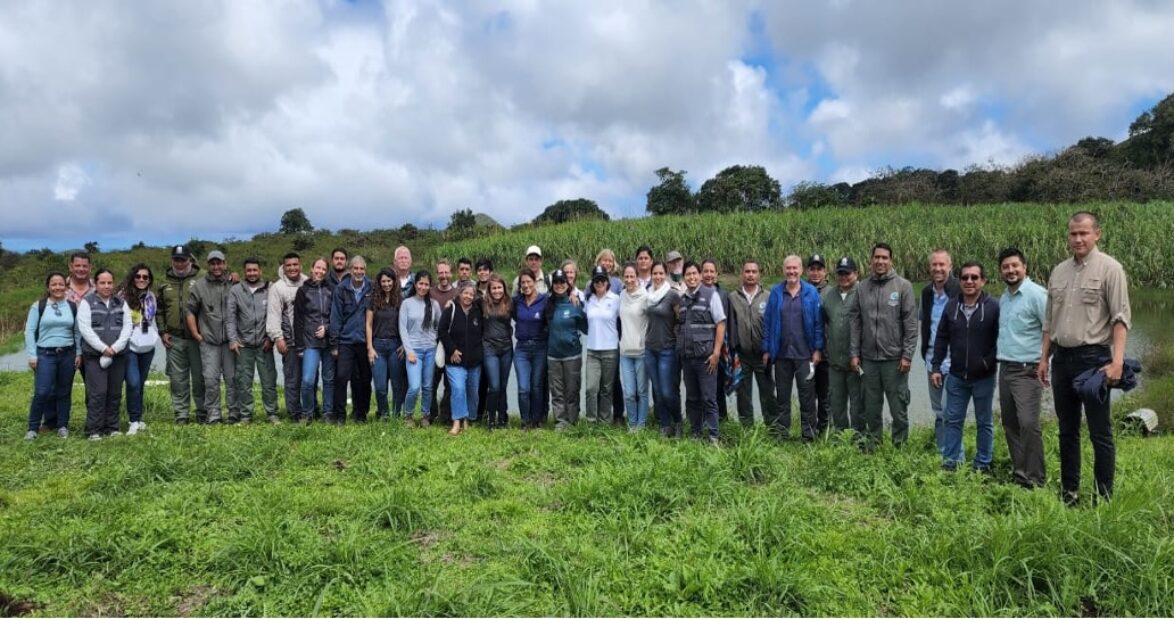
Provided that the eradication has been successful, and that toxicological monitoring has confirmed that the post-eradication environment is safe, the current plan is for reintroductions to begin in January 2024 with the Floreana giant tortoise.
For some species, the conditions for reintroduction should be in place as soon as the eradication is successfully carried out, whereas others require additional measures to be put in place. Factors that need to be considered include the possibility of reintroduced species competing with endemic species already present on Floreana, challenges with holding species in captivity, and control of invasive species such as Philornis downsi.
Here is our guide to the 12 species set to make a return:
Floreana giant tortoise (Chelonoidis niger niger)
The Floreana giant tortoise is considered to be Extinct, thought to have disappeared in the 1840s or 1850s due to overexploitation as a food source by sailors and settlers, along with the introduction of invasive species such as goats, pigs, dogs, cats, donkeys and rodents, which prey on eggs and hatchlings, and destroy the tortoises’ habitat. However, hybrid tortoises with high levels of C. n. niger ancestry have recently been discovered on Wolf volcano on Isabela island, where sailors are believed to have released Floreana tortoises during the 19th century. This discovery has created an opportunity to repopulate Floreana with genetically similar tortoises to the extinct species, and a captive breeding programme on Santa Cruz has produced more than 400 neonates ready for reintroduction. We already have data to draw on from reintroductions on other islands such as Santa Fe and Española, where giant tortoises have successfully established and resumed their ecological role as important ecosystem engineers.
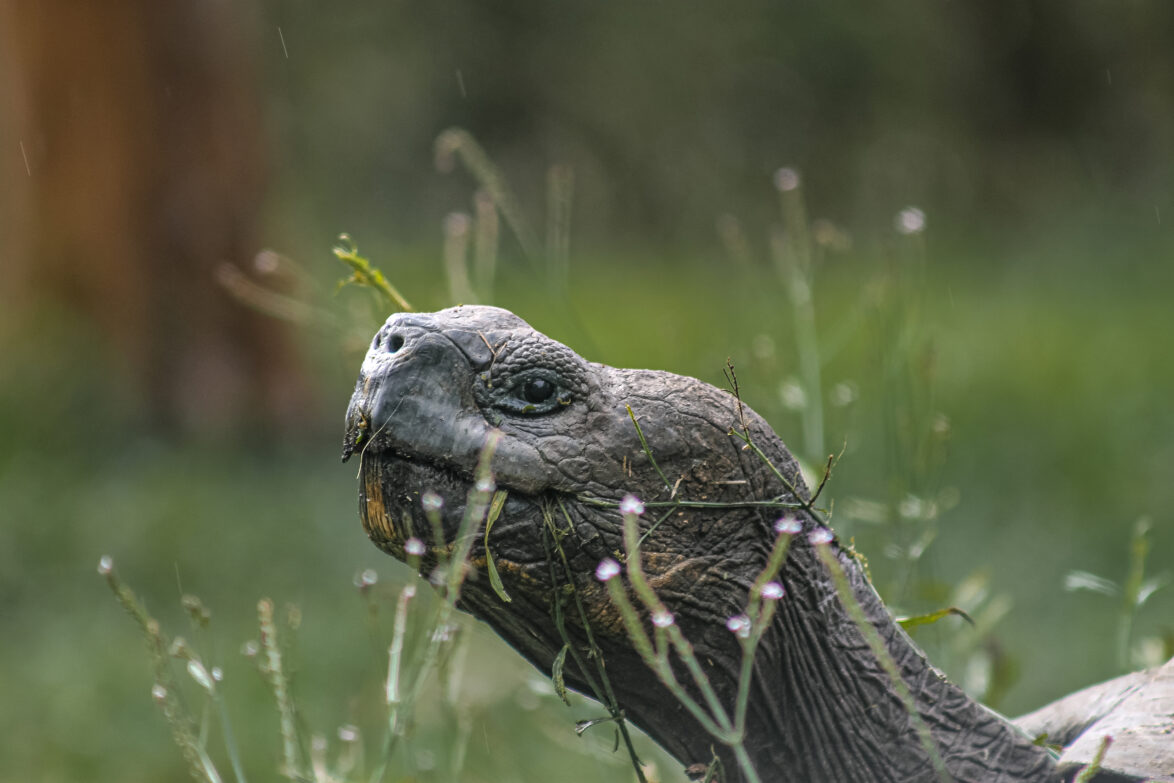
Floreana mockingbird (Mimus trifasciatus)
The Floreana mockingbird was the first mockingbird species identified by Charles Darwin during the voyage of the Beagle, but the species disappeared from Floreana during the 19th century, probably due to habitat changes and invasive species. The remaining global population is restricted to Champion and Gardner islets, with dramatic fluctuations in numbers that are closely linked to the amount of rainfall at the start of the breeding season. The species is listed as Endangered, with between 350 and 500 individuals remaining. Once its habitat on Floreana has been restored, we are hoping to finally bring this historically important species home.
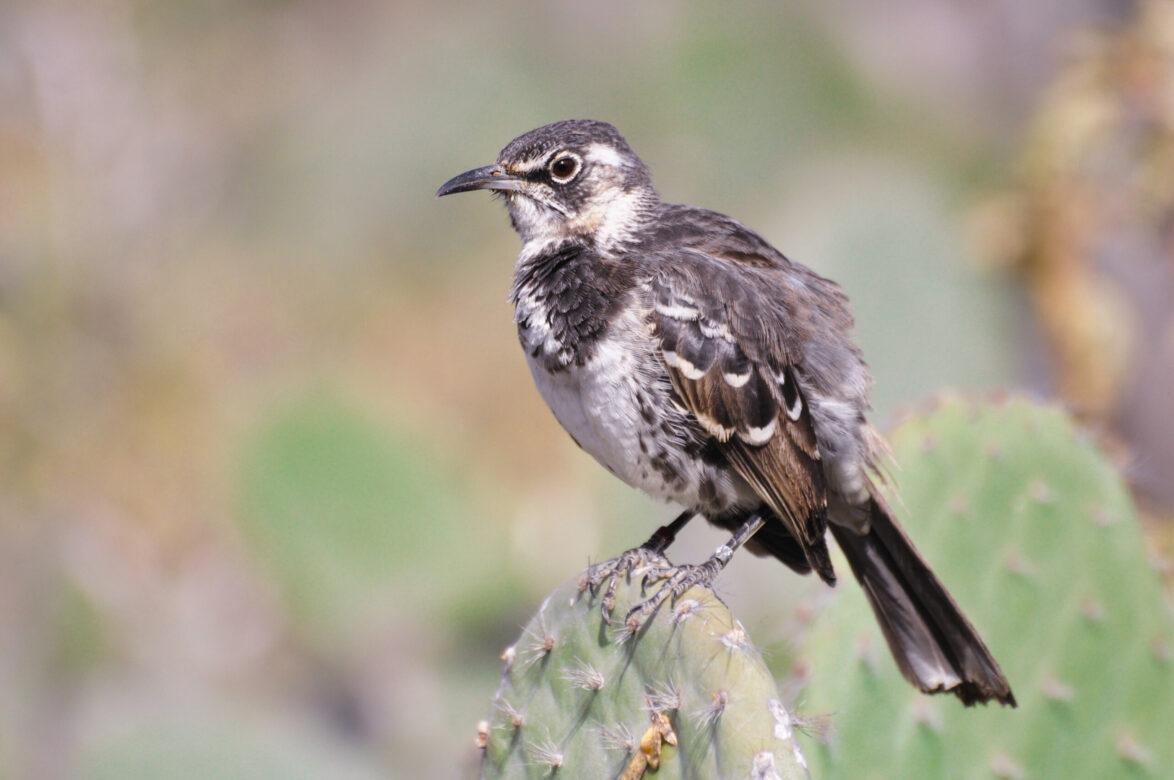
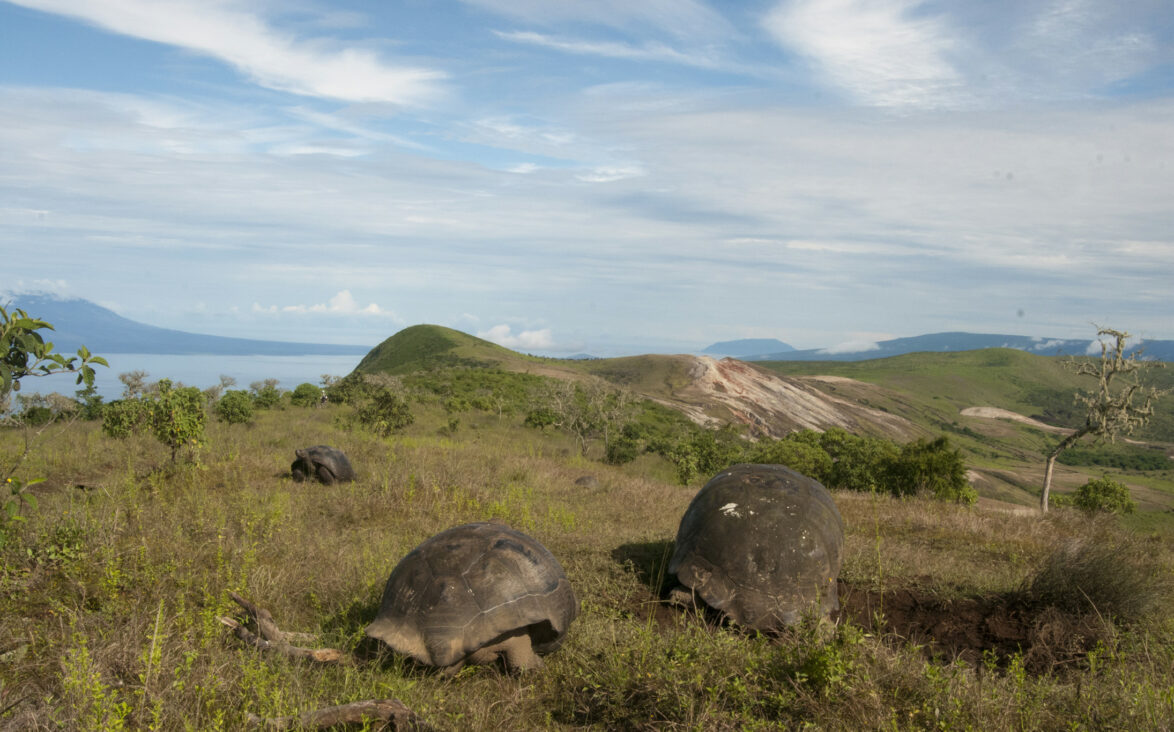
The history of the Galapagos giant tortoise
Take a trip back in time to discover the history of the most famous Galapagos species of all, the giant tortoise.
Floreana racer (Pseudalsophis biseralis biseralis)
The Floreana racer snake, classified as Near Threatened by the IUCN, disappeared from Floreana in the 19th century, thought to be due to large-scale, human-induced habitat changes and the introduction of invasive species. Charles Darwin collected the only known specimen on Floreana, with the species now restricted to two small neighbouring islets, Champion and Gardner. The global population of Floreana racers is around 1,600 individuals, and the snakes will perform an important ecosystem function when reintroduced, as a natural predator of lava lizards and geckos.
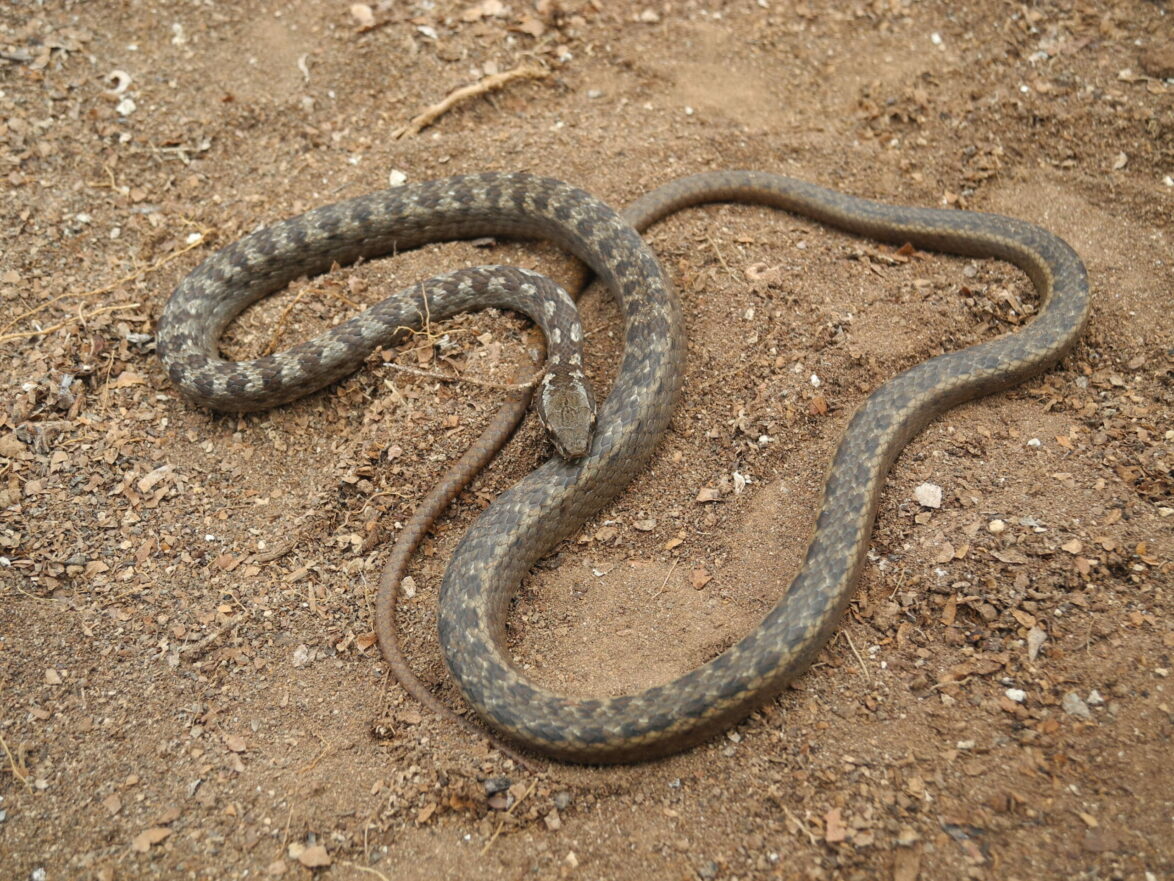
Vegetarian finch (Platyspiza crassirostris)
The vegetarian finch is one of the largest Darwin’s finches, and, as the name suggests, mainly eats leaves and shoots, along with fruits and tree sap. This species plays an important ecological role in the dispersal of seeds, and is one of the most recent extinctions on Floreana, with the last recorded sightings in 2004 and 2008. This makes it a priority candidate for reintroduction, although the disappearance of the vegetarian finch from Floreana is one of the hardest extinctions to explain, as there seems to be plenty of suitable habitat on the island, and the finch is not as vulnerable to the invasive avian vampire fly (Philornis downsi) as other species.
Large ground finch (Geospiza magnirostris)
The large ground finch has a large beak that allows it to feed on bigger seeds and insects, and has an important role as an ecosystem engineer. We are not sure exactly when the species disappeared from Floreana; Darwin collected specimens in 1835, and it probably went extinct soon after due to factors including the destruction of Opuntia megasperma cactus by introduced herbivores. The large ground finch and vegetarian finch will be reintroduced to Floreana at the same time to make the most efficient use of the resources required.
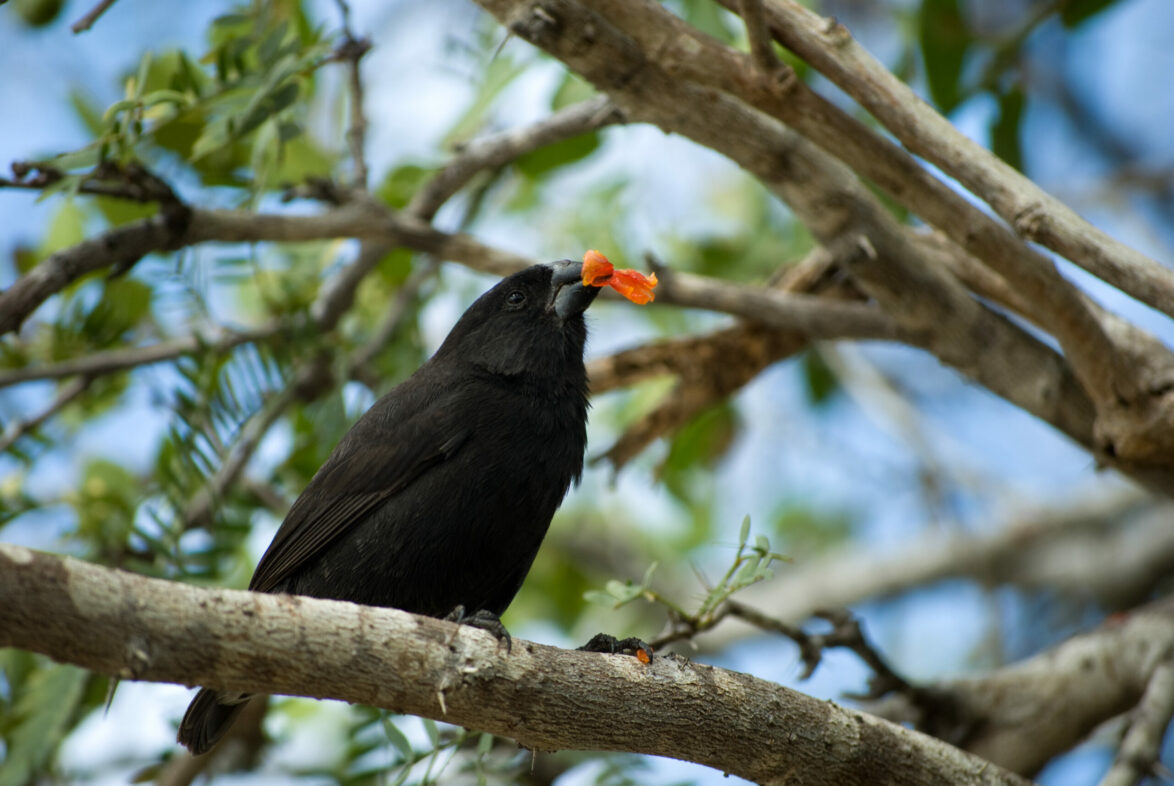
~ 1.6 k
the global population of Floreana racer snakes
Little vermilion flycatcher (Pyrocephalus nanus)
The little vermilion flycatcher is one of the Galapagos Archipelago’s most colourful and charismatic birds, much loved by islanders and visitors alike. Considered Vulnerable by the IUCN, it is locally extinct on Floreana island, close to extinction on Santa Cruz and at risk on Isabela. Threats to the species include the invasive fly Philornis downsi and the invasive hill raspberry plant Rubus niveus. The most recent observation of breeding individuals on Floreana was around 2008, and there was a confirmed sighting in 2017, though this was likely to be a visitor from another island rather than a remnant of the original Floreana population.
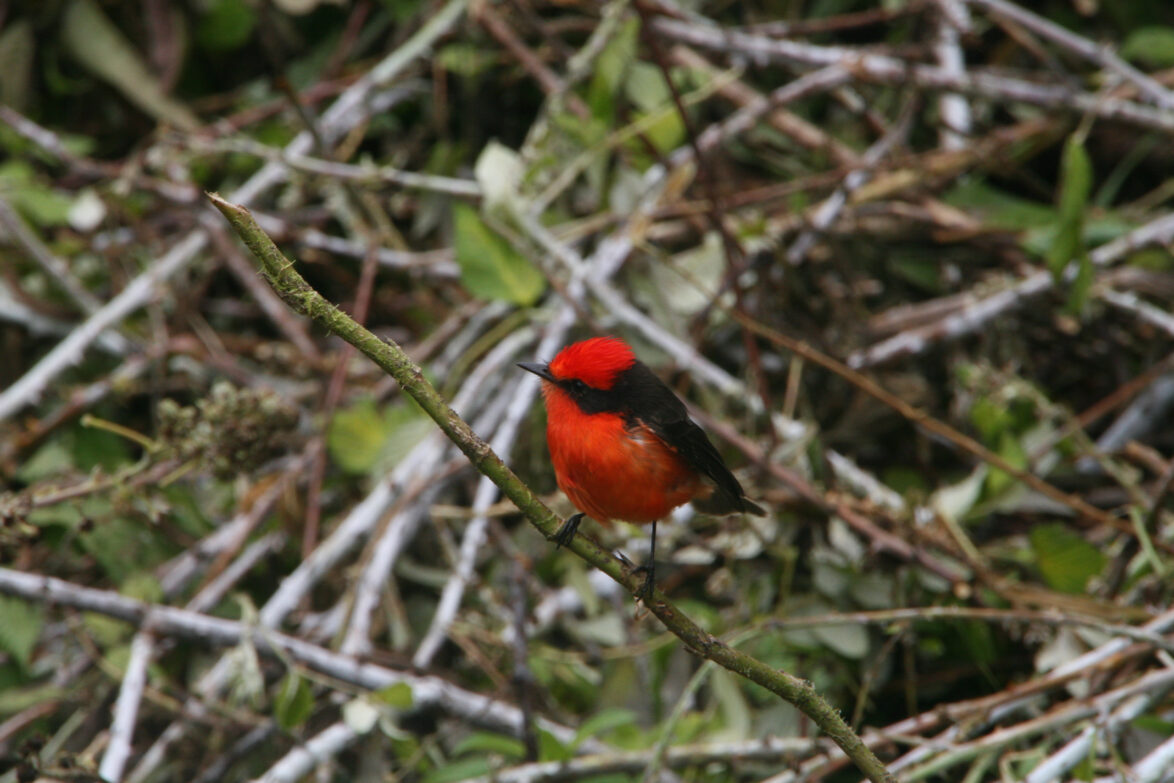
Galapagos rail (Laterallus spilonotus)
The Galapagos rail is a secretive, ground-dwelling bird that is particularly vulnerable to invasive species such as cats, rats and pigs, along with habitat destruction from cattle and goats. Encouragingly, once these species are removed and native vegetation is allowed to recover, Galapagos rails are quick to recolonise, as has been observed on Pinzon island since rodents were eradicated in 2012. The species disappeared from Floreana during the first wave of extinctions in the mid-19th century, not long after the colonisation of the Islands.
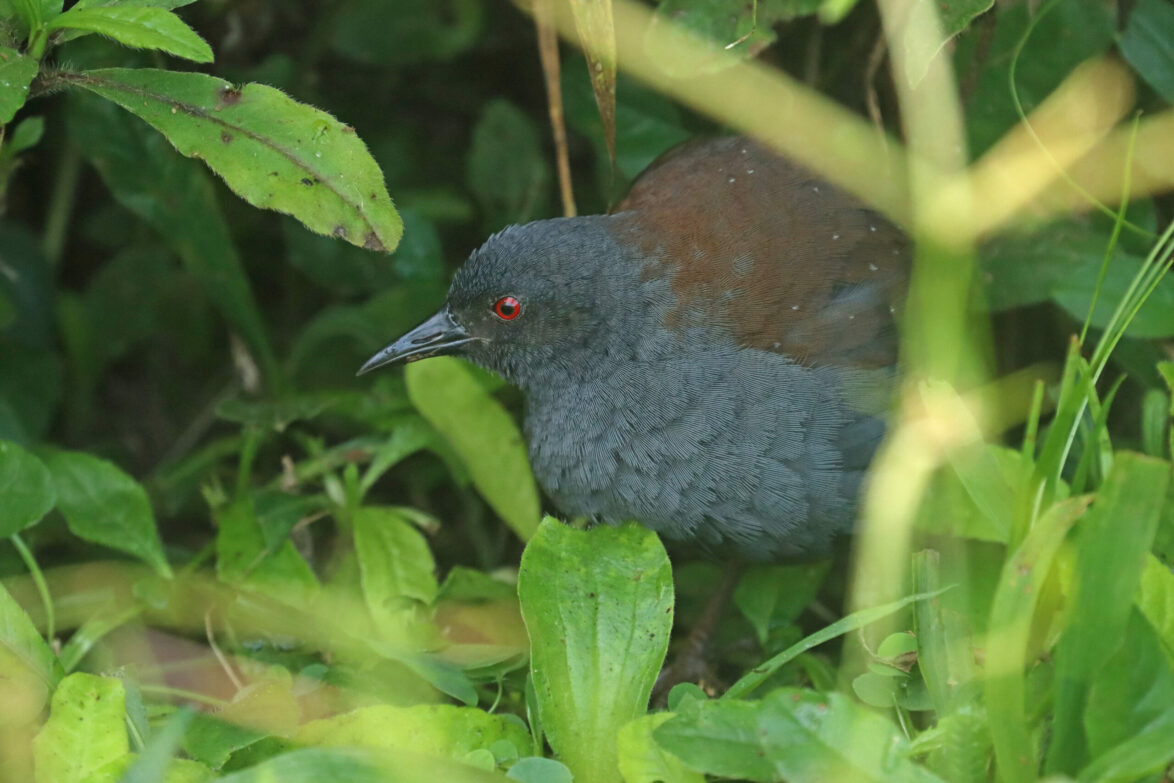

Galapagos pin badges
Show off your love for Galapagos wildlife with our limited edition pin badges! With 10 detailed designs on offer, including the little vermilion flycatcher and the Galapagos giant tortoise, this pin badge bundle is perfect for any collector.
Sharp-beaked ground finch (Geospiza difficilis)
The sharp-beaked ground finch probably went extinct on Floreana at the end of the 19th century due to rapid habitat change in the highlands, driven by agriculture and invasive herbivores, and is also vulnerable to predation from cats and black rats. It would have inhabited the Scalesia rainforest, feeding on invertebrates (especially snails) found in the leaf litter. There is a risk when reintroduced that it may compete for food with the small ground finch, an endemic species which is already present on Floreana.
Grey warbler finch (Certhidea fusca)
The Floreana subspecies of the grey warbler finch (C. fusca ridgwayi) is almost certainly extinct, with the last official sighting recorded in 1957, and numerous fruitless expeditions over the years since. The closest surviving relative is on San Cristobal, which will be used as the source population for the reintroduction. Grey warbler finches feed on trees and shrubs, foraging for arthropods amongst the foliage and epiphytic plants, and are important for the health of trees.
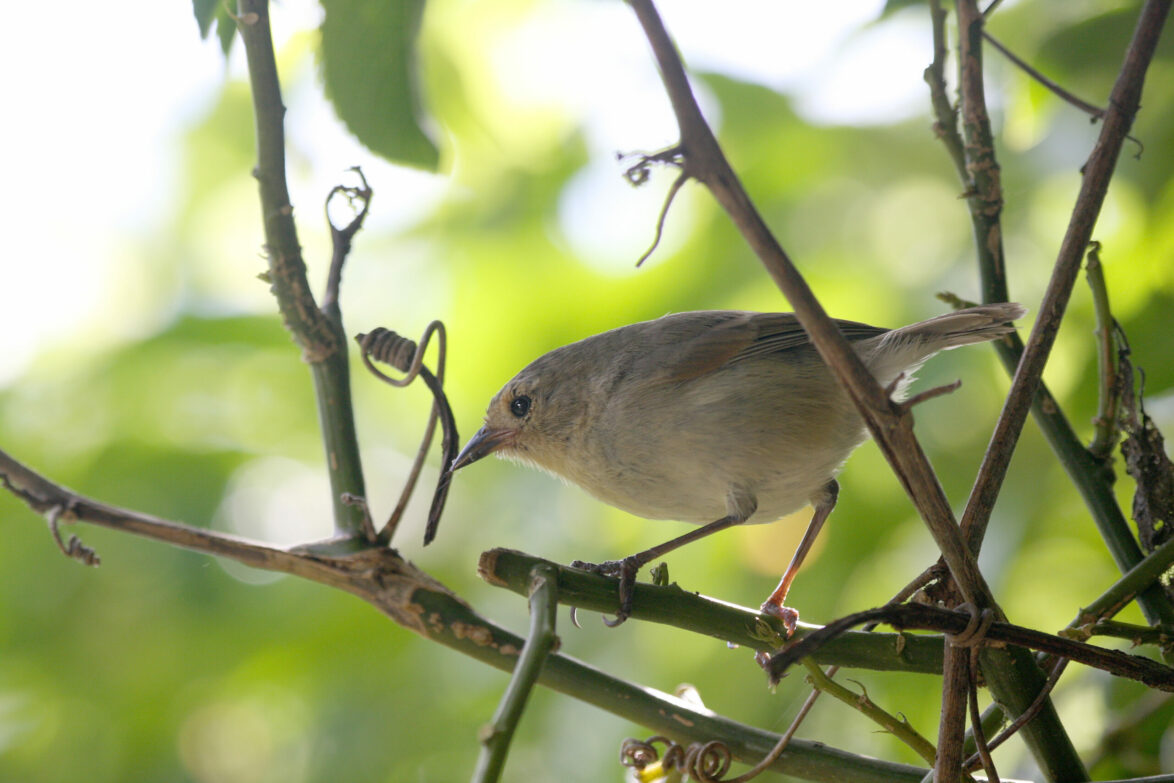
Lava gull (Leucophaeus fuliginosus)
The lava gull is seen across the Galapagos Archipelago, but is mostly found on the islands of Santa Cruz, Genovesa, San Cristobal and Isabela. The last recorded instance of the species breeding on Floreana was in 1984, though it is possible that individuals are currently visiting the island. Lava gulls are omnivorous and feed on iguanas, turtles and newborn lizards, or scavenge and feed on the placentas of sea lions. Predators of lava gulls include owls, frigatebirds and other lava gulls, as well as introduced mammals.
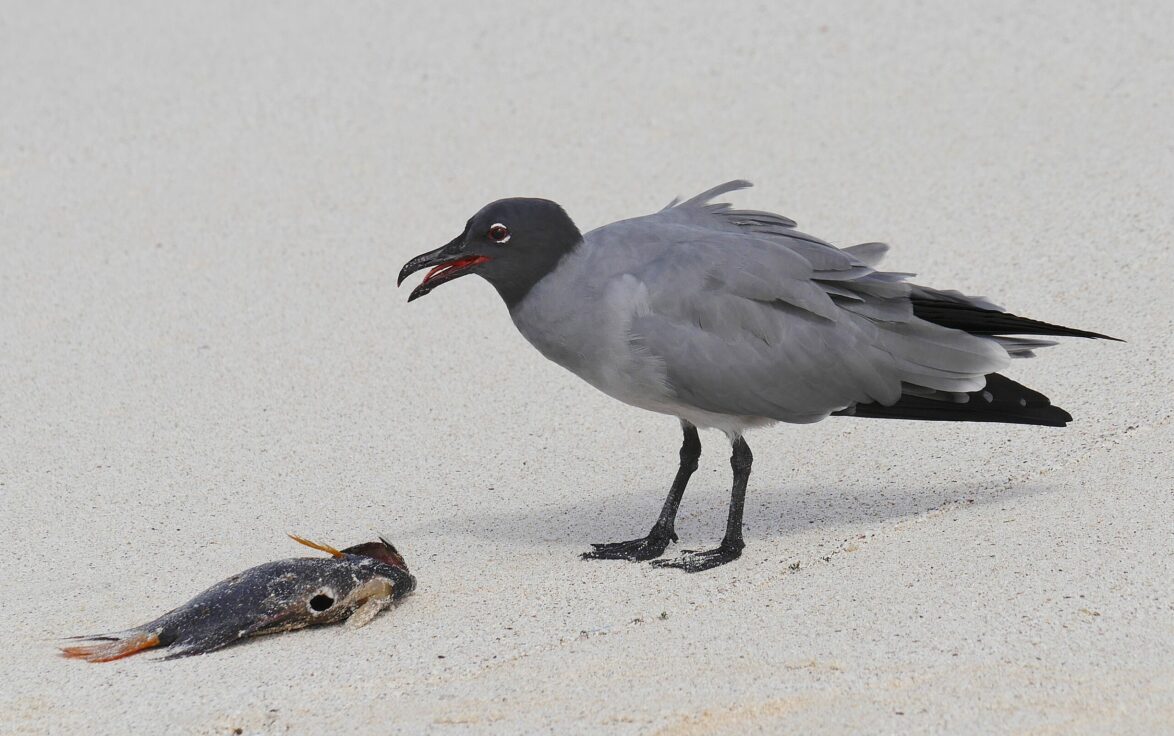
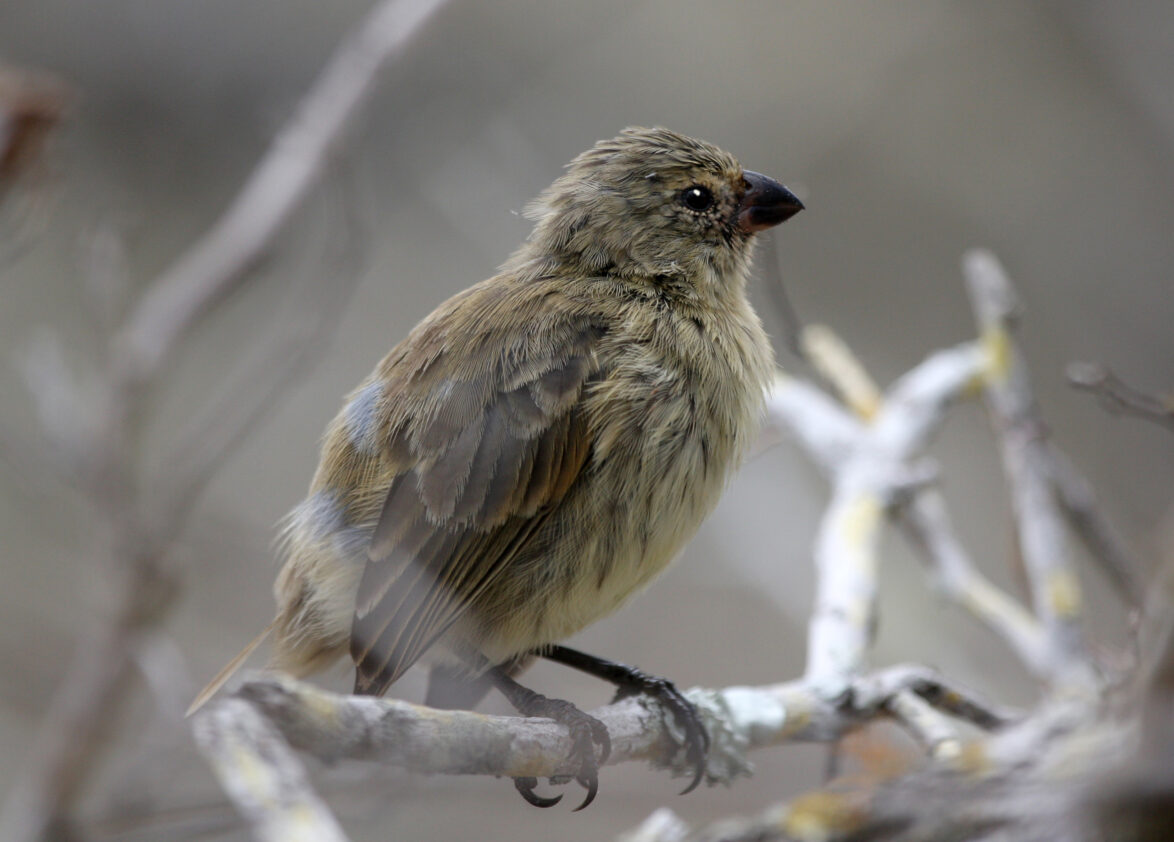
12 missing species or 13?
One species which had previously been considered for reintroduction, but which is not part of the current plans, is the large tree finch (Camarhynchus psittacula). Whether the large tree finch ever existed on Floreana as a resident breeding species, or whether it was just an occasional visitor to the island, is a matter of dispute, with no concrete evidence for its presence. In addition, it is likely that introducing this species to Floreana would negatively impact on the medium tree finch, which is endemic to Floreana and considered to be Critically Endangered. While you may find older articles referring to 13 missing species on Floreana, there is currently no realistic prospect of the large tree finch being (re)introduced.
Galapagos barn owl (Tyto furcata punctatissima)
The Galapagos Islands are home to an endemic subspecies of barn owl, present on the five largest islands but extinct on Floreana, where members of the local community last remember seeing it in the 1980s. The reintroduction of the barn owl to Floreana will depend on how long it takes the other species to re-establish on the island, since barn owls predate on birds including Floreana mockingbirds and Darwin’s finches.
Galapagos hawk (Buteo galapagoensis)
The Galapagos hawk is one of the world’s rarest raptors, with an estimated population of just 150 breeding pairs. Floreana is one of three inhabited islands where the hawk has disappeared, though juveniles are occasionally observed on the island. Reintroducing the hawk will help to maintain a balanced population of other species thanks to its role as a top predator, though care will need to be taken to ensure other recently reintroduced species are not adversely affected. The impact on local chicken farmers is also an important consideration, but the implementation of chicken coops on Floreana should help to reduce potential human-wildlife conflicts.
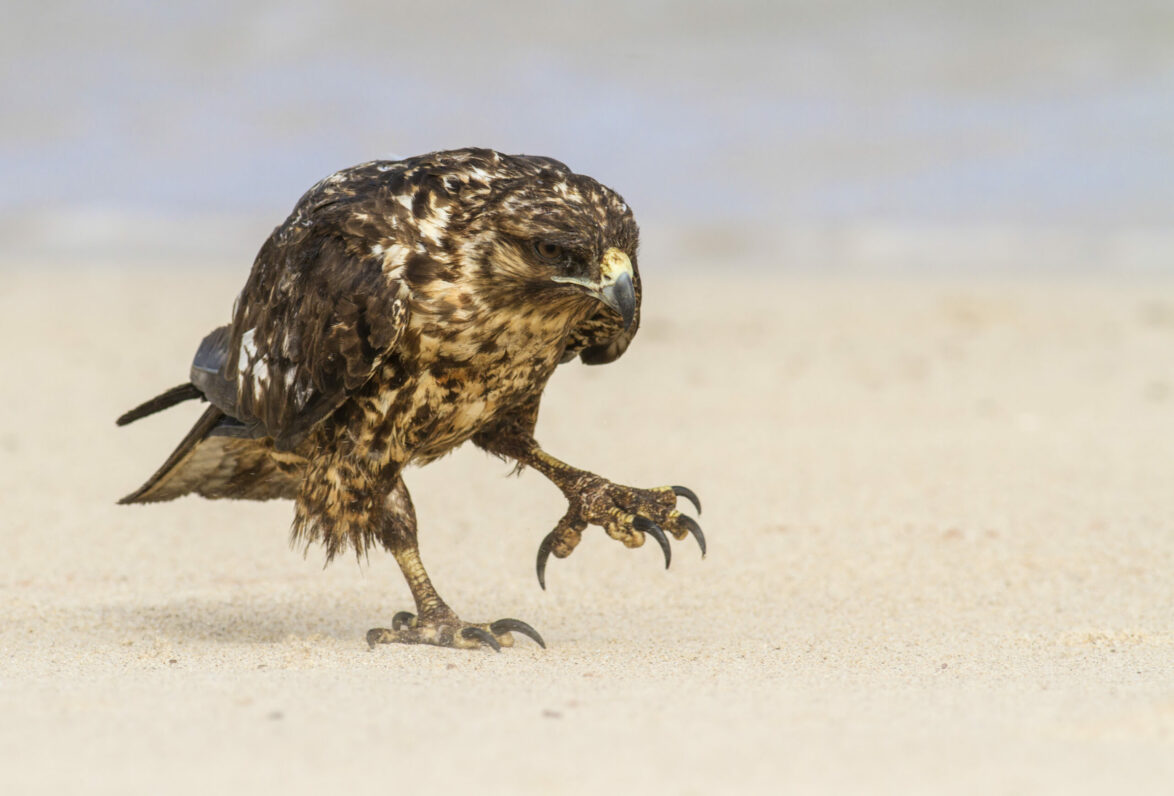
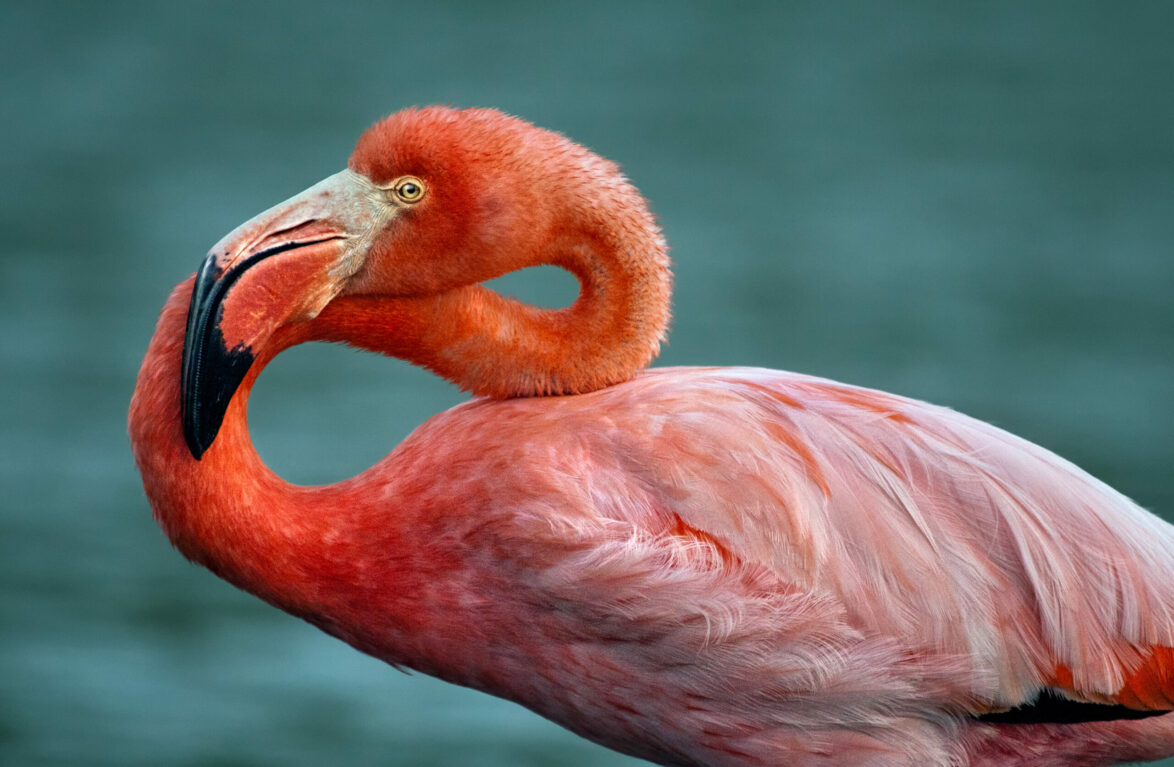
Webinar: Rewilding Floreana
Join us on Thursday 18 April 2024 to hear the latest on the restoration of Floreana, with Jeff Dawson of Durrell Wildlife Conservation Trust reporting back from his recent trip to the island.
How you can help
2023 and 2024 are critical years for the Floreana project. You can help restore the island to its former glory and bring back the 12 lost species by donating today, or by adopting a Floreana mockingbird.
Related articles

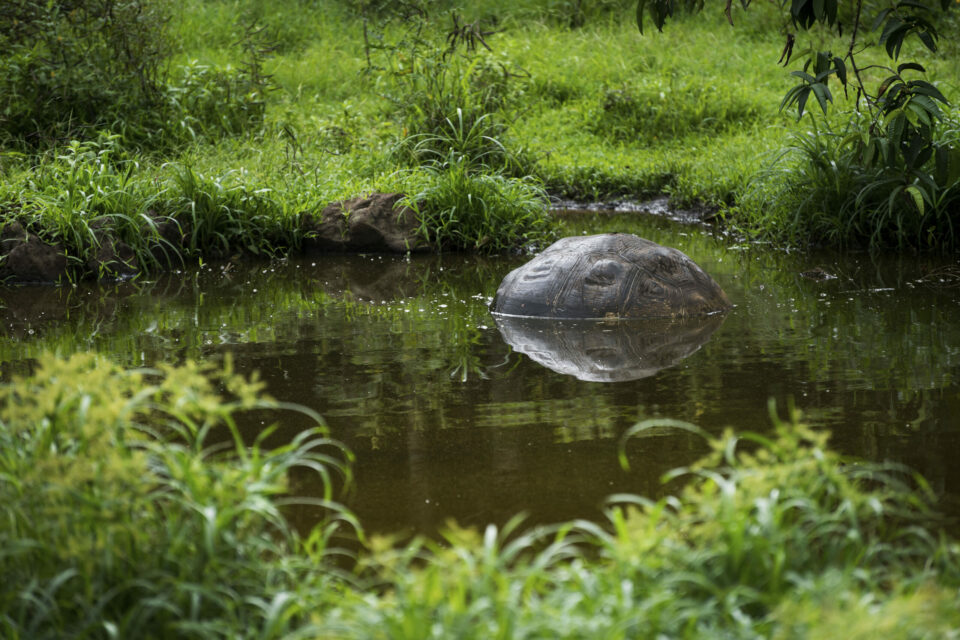
Double your donation to rewild Galapagos with the Big Give
